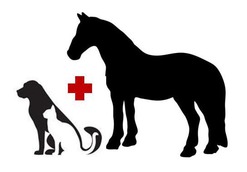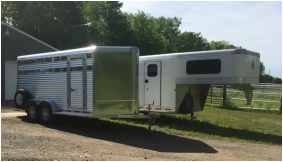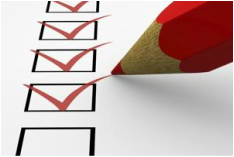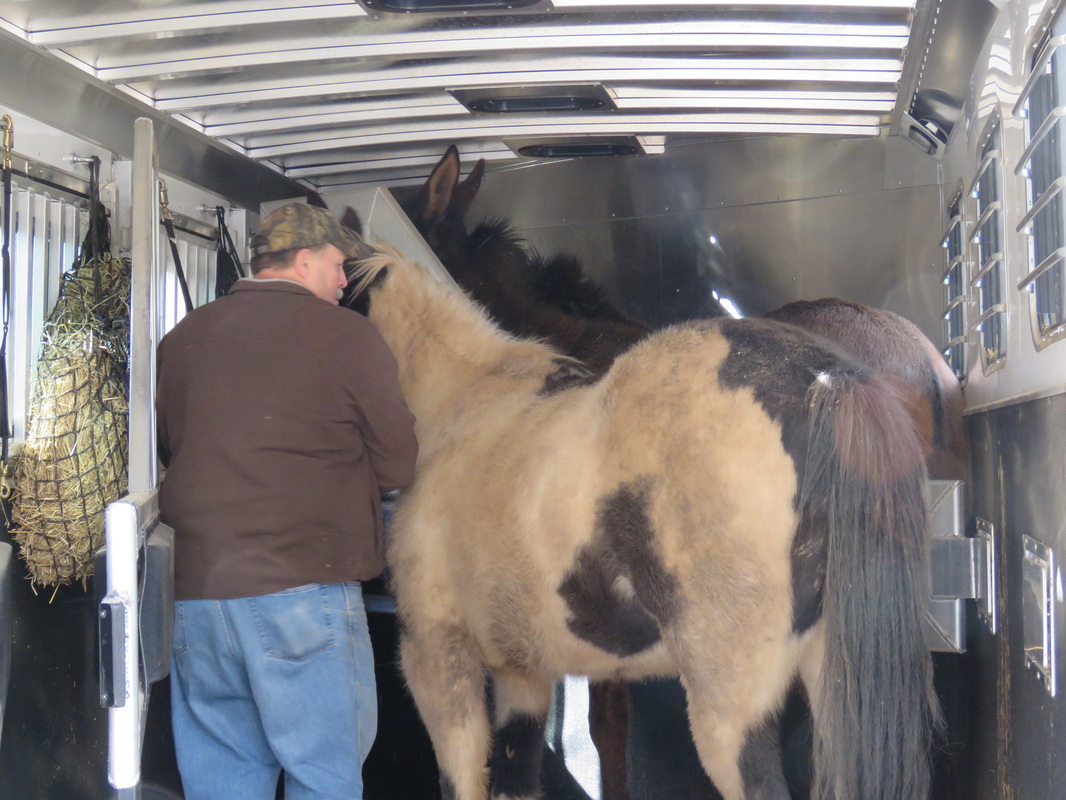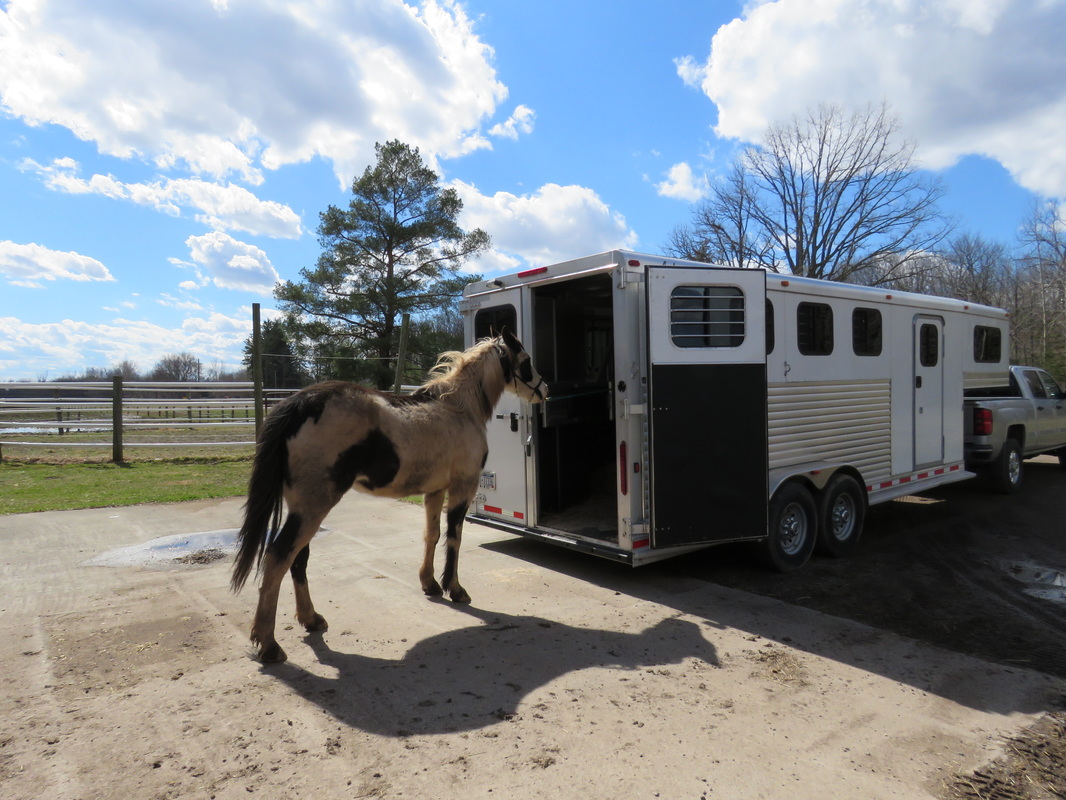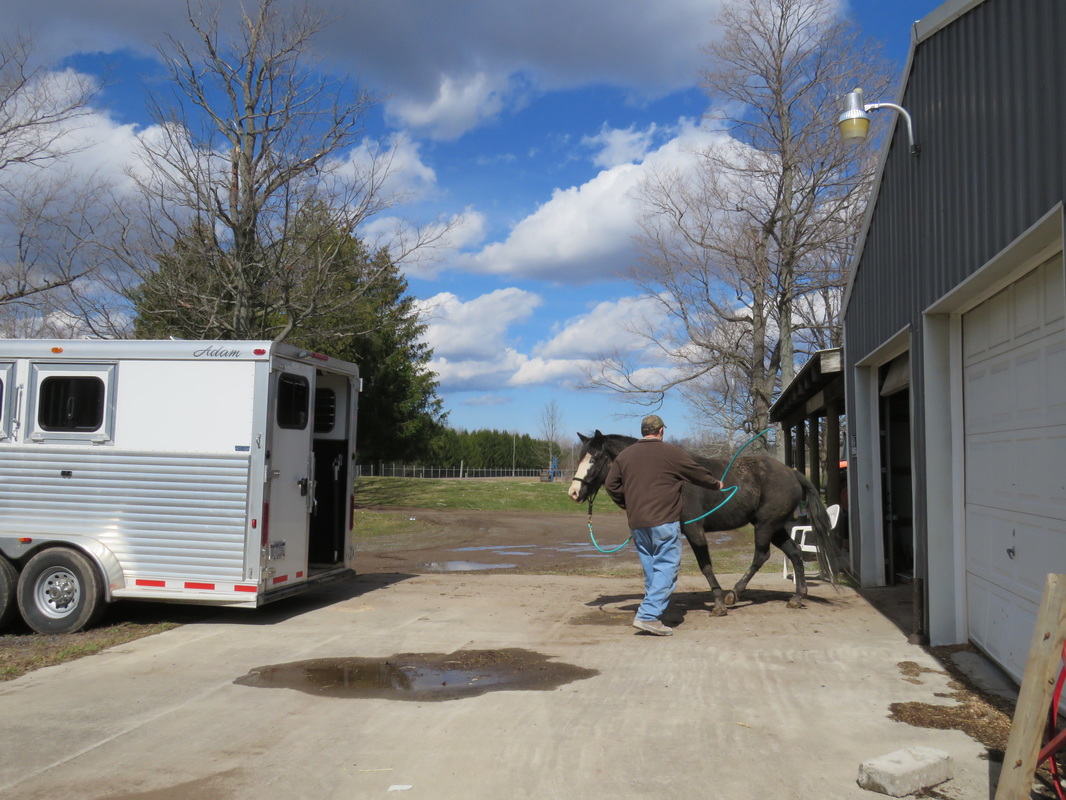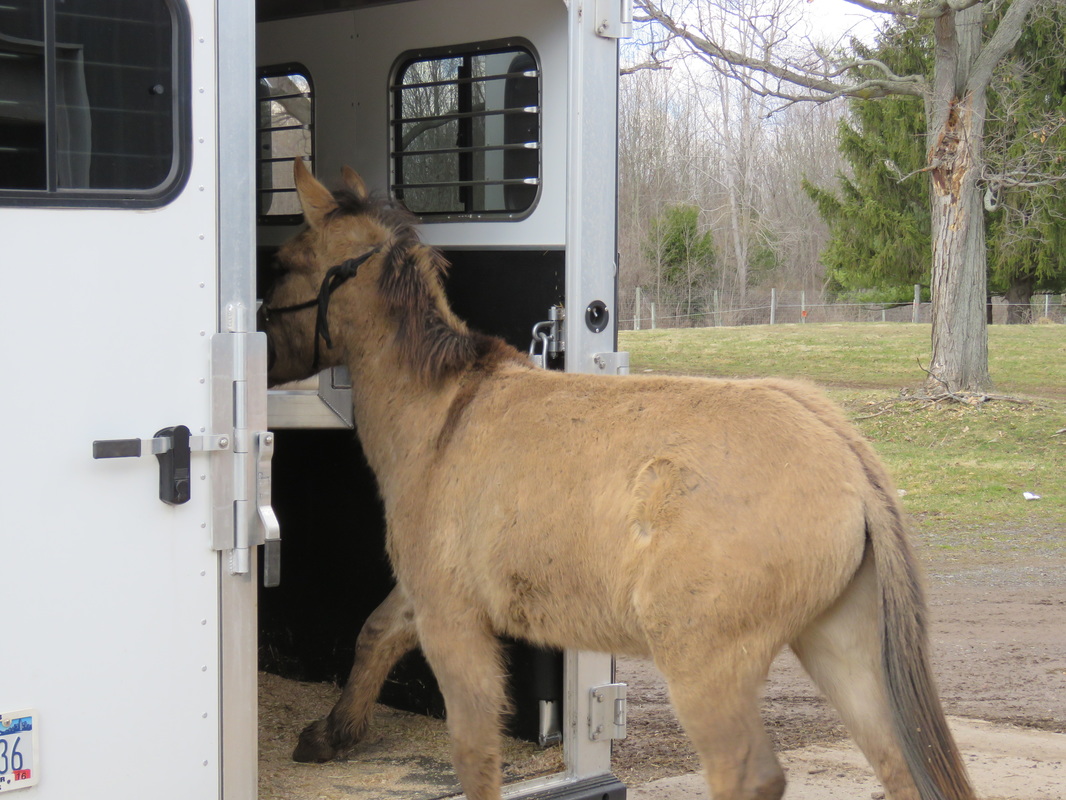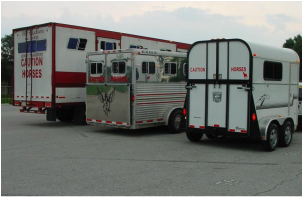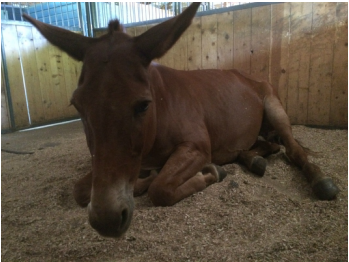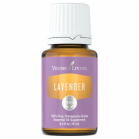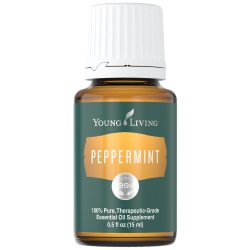by Amy Ortez, DVM
|
|
LOAD 'EM UP
Traveling with Horses
By Amy Ortez, DVM

Summer is here and it is time to get out and about with your horses. Before the traveling begins, it is important to make sure that you are prepared for the adventure. This should start at least two weeks in advance, making sure your horses are up to date with their vaccines and coggins. Vaccines take at least two weeks to offer immune protection. Depending on where you are traveling, a health certificate may also be required. Check with the show secretary and the state requirements for more information.
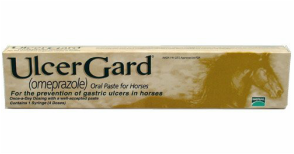
If there is a concern with horses developing ulcers from the stress, many people use Ulcer Gard. If this is the case, keep in mind it should be started three days prior to traveling since that is how long it takes for it to start working. Other antacids or gastroprotectants may help alleviate gastric maladies.
|
Truck and trailer safety is also important. Making sure that the brakes and electric are fully functional is a must. Trailer floors and doors should be inspected, making sure their integrity has not been compromised. The trailer should also be well stocked for unexpected emergencies. Carrying a 4-way lug wrench is helpful since the wrench that comes with most vehicles may not fit the trailer lugs.
|
|
A spare halter (either leather or with a break-away), lead shank, extra set of reins, lunge line, whip, buckets, hay nets, manure fork and bucket should live in the truck or trailer. A horse and human first aid kit should also be present. Band aids, tweezers, antiseptic (for both horses and people), standing bandages, non-stick pads and medical tape may come in handy. Depending on where you are heading and your horses preference, water may need to be brought with you. Make sure to bring extra in case a bucket gets kicked or more is consumed than anticipated. Bedding may also be needed. A checklist helps with the organization. |
A checklist helps with organization before trailering your equine
|
Now that the truck, trailer and documents are in order, it is time to load up. There are as many opinions about the use of shipping boots as there are boots to choose from. If boots are used, make sure they fit correctly and are put on properly. If your horse is difficult for loading, practice, practice, practice. This does not have to be a stressful situation. Take a deep breath, be patient, positive and persistent. A stressed horse AND owner is a bad combination.
|
When driving, remember to give yourself plenty of time to stop!! Doubling the weight of your vehicle, increases the stopping distance four times! Keeping a seven second following distance will help keep you and your horse safe. People love to pull out in front of horse trailers or pass them in what seems to be the most obnoxious way possible. Be prepared and don't fret. Take another deep breath and stay calm. Yay!! You have arrived at your destination. If you are stabling, prepare your horse's stall before unloading. Chances are, as soon as they enter the stall, they will urinate. When unloading a two horse, don't forget to undo the trailer tie before the butt bar or you will be needing that extra halter sooner than you think. |
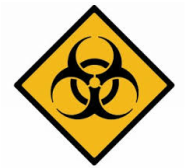
Once at the show grounds or wherever it is you have trailered to, step into biosecurity mode. Some horse may appreciate a stroll around the facility, others may prefer to hang out in the stall and relax. Either way, don't let them touch noses with strange horses. Most equine communicable diseases are respiratory in nature. There should not be any touching of other horses and no sharing of buckets or bits. This includes humans petting a neighboring horse and then petting their own. While away from home, pay attention to your horse's water consumption. If they have drank less than they normally do, feed them less to help reduce the chances of impaction.
When the day is over, offer more water and pack up your stuff. Back at home, allow your horse time to unwind. Most horses seem to like to interact with their friends and tell them all about their adventures. Encourage them to drink more water before being turned out. Keep close watch on their health since their chances of exposure to disease has been higher. Knowing what is normal behavior is imperative. If something seems off, have a conversation with your veterinarian to see if action is needed.
Josey (left) and Clover (right) unwinding at home at the Buck 'n' Mule Farm
Equine adventures are fun. We have horses in order to enjoy them. Be prepared, plan ahead and stay calm. Happy traveling.
Essential Oils for First Aid for You and Your Equine
|
|
Ideal for minor injuries. Gentle for cleansing. Add peppermint oil to increase the healing process while decreas- ing aches and pain.
|
Safe and gentle. Use for wounds, skin health, tissue health, cleasing, fungus and more.
|
Ideal for treating minor injuries with contamina- tion. Safe to use topically or internally.
|
Beneficial when used with PanAway on minor injuries for aches and pains. Use a carrier oil to dilute.
|
Best oil blend for minor injuries. Great for aches and pains. Use topically with a warm compress or alone.
|
For more information on each oil above, click on the bottle to be redirected to "How to Use" information.
DISCLAIMER
The information contained on this website is not meant to diagnose, treat, cure, or prevent any disease. Information found on this website
is meant for educational and informational purposes only.
When in doubt, consult your veterinarian.
The information contained on this website is not meant to diagnose, treat, cure, or prevent any disease. Information found on this website
is meant for educational and informational purposes only.
When in doubt, consult your veterinarian.

